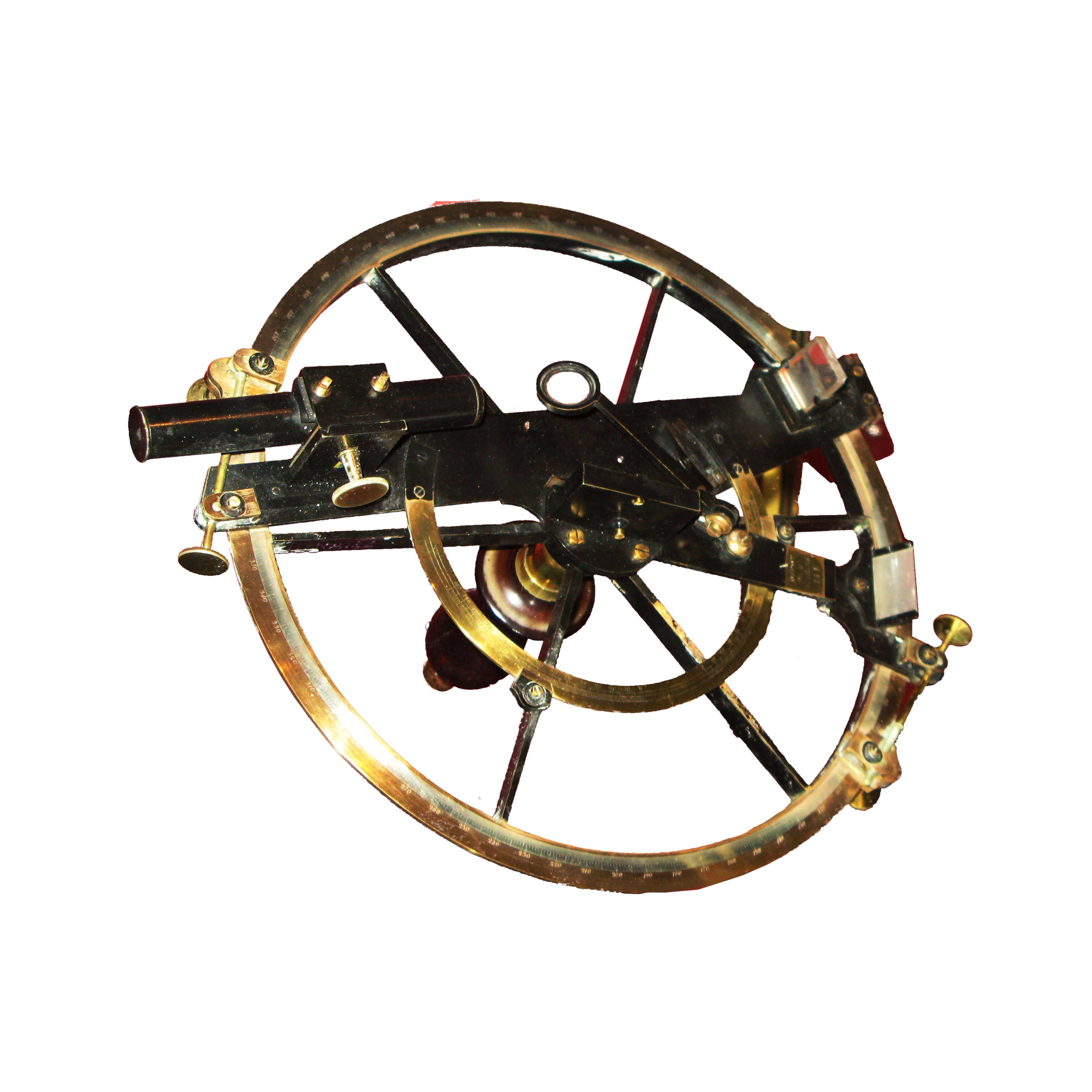|
French Ship Borda
Six ships of the French Navy have borne the name ''Borda'' in honour of Jean-Charles de Borda. From 1839 it has been a tradition that the main schoolship of the École navale, a repurposed capital ship, be renamed ''Borda'' in this role. Ships of the French Navy named ''Borda'' * A 10-gun brig (1834–1849))Roche, vol.1, p.79 * (1807–1884), a 110-gun ship of the line, lead ship of her class, was renamed '' Borda'' in 1839 and used as a schoolship until 1863. * (1849–1891), a 120-gun ship of the line, was renamed ''Borda'' in 1864 and used as a schoolship from that point on, replacing the ex-''Commerce de Paris'' in that role. * (1864–1889), a 90-gun steam ship of the line, was renamed ''Borda'' in 1890 and used as a schoolship, replacing the ex-''Valmy'' in that role. * (1873–1899), an ironclad cruiser A cruiser is a type of warship. Modern cruisers are generally the largest ships in a fleet after aircraft carriers and amphibious assault ships, and can usual ... [...More Info...] [...Related Items...] OR: [Wikipedia] [Google] [Baidu] |
French Navy
The French Navy (french: Marine nationale, lit=National Navy), informally , is the maritime arm of the French Armed Forces and one of the five military service branches of France. It is among the largest and most powerful naval forces in the world, ranking seventh in combined fleet tonnage and fifth in number of naval vessels. The French Navy is one of eight naval forces currently operating fixed-wing aircraft carriers,Along with the U.S., U.K., China, Russia, Italy, India and Spain with its flagship being the only nuclear-powered aircraft carrier outside the United States Navy, and one of two non-American vessels to use catapults to launch aircraft. Founded in the 17th century, the French Navy is one of the oldest navies still in continual service, with precursors dating back to the Middle Ages. It has taken part in key events in French history, including the Napoleonic Wars and both world wars, and played a critical role in establishing and securing the French colonial ... [...More Info...] [...Related Items...] OR: [Wikipedia] [Google] [Baidu] |
Jean-Charles De Borda
Jean-Charles, chevalier de Borda (4 May 1733 – 19 February 1799) was a French mathematician, physicist, and Navy officer. Biography Borda was born in the city of Dax to Jean‐Antoine de Borda and Jeanne‐Marie Thérèse de Lacroix. In 1756, Borda wrote ''Mémoire sur le mouvement des projectiles'', a product of his work as a military engineer. For that, he was elected to the French Academy of Sciences in 1764. Borda was a mariner and a scientist, spending time in the Caribbean testing out advances in chronometers. Between 1777 and 1778, he participated in the American Revolutionary War. In 1781, he was put in charge of several vessels in the French Navy. In 1782, he was captured by the English, and was returned to France shortly after. He returned as an engineer in the French Navy, making improvements to waterwheels and pumps. He was appointed as France's Inspector of Naval Shipbuilding in 1784, and with the assistance of the naval architect Jacques-Noël Sané in 17 ... [...More Info...] [...Related Items...] OR: [Wikipedia] [Google] [Baidu] |
École Navale , a Japanese video-games developer/publisher
{{disambiguation, geo ...
École may refer to: * an elementary school in the French educational stages normally followed by secondary education establishments (collège and lycée) * École (river), a tributary of the Seine flowing in région Île-de-France * École, Savoie, a French commune * École-Valentin, a French commune in the Doubs département * Grandes écoles, higher education establishments in France * The École, a French-American bilingual school in New York City Ecole may refer to: * Ecole Software This is a list of Notability, notable video game companies that have made games for either computers (like PC or Mac), video game consoles, handheld or mobile devices, and includes companies that currently exist as well as now-defunct companies. ... [...More Info...] [...Related Items...] OR: [Wikipedia] [Google] [Baidu] |
Brig
A brig is a type of sailing vessel defined by its rig: two masts which are both square rig, square-rigged. Brigs originated in the second half of the 18th century and were a common type of smaller merchant vessel or warship from then until the latter part of the 19th century. In commercial use, they were gradually replaced by fore-and-aft rigged vessels such as schooners, as owners sought to reduce crew costs by having rigs that could be handled by fewer men. In Royal Navy use, brigs were retained for training use when the battle fleets consisted almost entirely of iron-hulled steamships. Brigs were prominent in the coasting coal trade of British waters. 4,395 voyages to London with coal were recorded in 1795. With an average of eight or nine trips per year for one vessel, that is a fleet of over 500 colliers trading to London alone. Other ports and coastal communities were also be served by colliers trading to Britain's coal ports. In the first half of the 19th century, the va ... [...More Info...] [...Related Items...] OR: [Wikipedia] [Google] [Baidu] |
Ship Of The Line
A ship of the line was a type of naval warship constructed during the Age of Sail from the 17th century to the mid-19th century. The ship of the line was designed for the naval tactic known as the line of battle, which depended on the two columns of opposing warships maneuvering to volley fire with the cannons along their broadsides. In conflicts where opposing ships were both able to fire from their broadsides, the opponent with more cannons firingand therefore more firepowertypically had an advantage. Since these engagements were almost invariably won by the heaviest ships carrying more of the most powerful guns, the natural progression was to build sailing vessels that were the largest and most powerful of their time. From the end of the 1840s, the introduction of steam power brought less dependence on the wind in battle and led to the construction of screw-driven wooden-hulled ships of the line; a number of purely sail-powered ships were converted to this propulsion mech ... [...More Info...] [...Related Items...] OR: [Wikipedia] [Google] [Baidu] |
Commerce De Paris-class Ship Of The Line
The ''Commerce de Paris'' class were a series of ships of the line of the French Navy, designed in 1804 by Jacques-Noël Sané as a shortened version of his 118-gun three-deckers, achieved by removing a pair of guns from each deck so that they became 110-gun ships. Two ships were built to this design in France. Four more were begun at Antwerp in 1810–1811, but these were never completed and were broken up on the ways; three more were ordered in Holland, but these were never laid down. Ships * :Builder: Toulon shipyard :Ordered: 14 May 1804 :Laid down: October 1804 :Launched: 8 August 1806 :Completed: May 1807 :Fate: razeed in 1825. Renamed ''Commerce'' on 11 August 1830, then ''Borda'' on 18 December 1839 and ''Vulcain'' on 18 August 1863; broken up in 1885. * ''Duc d'Angoulême'' :Builder: Rochefort shipyard :Ordered: 8 May 1804 :Laid down: April 1805 :Launched: 30 August 1814 :Completed: January 1815 :Fate: Renamed ''Iéna'' on 22 March 1815, reverting to ''Duc d'Anguelem ... [...More Info...] [...Related Items...] OR: [Wikipedia] [Google] [Baidu] |
Ironclad Warship
An ironclad is a steam-propelled warship protected by iron or steel armor plates, constructed from 1859 to the early 1890s. The ironclad was developed as a result of the vulnerability of wooden warships to explosive or incendiary shells. The first ironclad battleship, , was launched by the French Navy in November 1859 - narrowly pre-empting the British Royal Navy. They were first used in warfare in 1862 during the American Civil War, when ironclads operated against wooden ships and, in a historic confrontation, against each other at the Battle of Hampton Roads in Virginia. Their performance demonstrated that the ironclad had replaced the unarmored ship of the line as the most powerful warship afloat. Ironclad gunboats became very successful in the American Civil War. Ironclads were designed for several uses, including as high seas battleships, long-range cruisers, and coastal defense ships. Rapid development of warship design in the late 19th century transformed the ir ... [...More Info...] [...Related Items...] OR: [Wikipedia] [Google] [Baidu] |
Cruiser
A cruiser is a type of warship. Modern cruisers are generally the largest ships in a fleet after aircraft carriers and amphibious assault ships, and can usually perform several roles. The term "cruiser", which has been in use for several hundred years, has changed its meaning over time. During the Age of Sail, the term ''cruising'' referred to certain kinds of missions—independent scouting, commerce protection, or raiding—fulfilled by frigates or sloops-of-war, which functioned as the ''cruising warships'' of a fleet. In the middle of the 19th century, ''cruiser'' came to be a classification of the ships intended for cruising distant waters, for commerce raiding, and for scouting for the battle fleet. Cruisers came in a wide variety of sizes, from the medium-sized protected cruiser to large armored cruisers that were nearly as big (although not as powerful or as well-armored) as a pre-dreadnought battleship. With the advent of the dreadnought battleship before World W ... [...More Info...] [...Related Items...] OR: [Wikipedia] [Google] [Baidu] |
Hydrography
Hydrography is the branch of applied sciences which deals with the measurement and description of the physical features of oceans, seas, coastal areas, lakes and rivers, as well as with the prediction of their change over time, for the primary purpose of safety of navigation and in support of all other marine activities, including economic development, security and defense, scientific research, and environmental protection. History The origins of hydrography lay in the making of charts to aid navigation, by individual mariners as they navigated into new waters. These were usually the private property, even closely held secrets, of individuals who used them for commercial or military advantage. As transoceanic trade and exploration increased, hydrographic surveys started to be carried out as an exercise in their own right, and the commissioning of surveys was increasingly done by governments and special hydrographic offices. National organizations, particularly navies, realized ... [...More Info...] [...Related Items...] OR: [Wikipedia] [Google] [Baidu] |
Antoine Roux
Ange-Joseph Antoine Roux, "Antoine Roux" (1765–1835) was a French fine art painter who specialised in maritime painting, sometimes referred to as marine art. Career Roux came from a family of artists and primarily worked in Marseille. Early in life he was apprenticed to his father, Joseph Roux (1752–93), a hydrographer as well as an artist in his own right, spending his leisure hours painting and drawing.The Sketchbooks of Antoine Roux , Peabody Essex Museum, 2006. French galley at Marseilles (PAG9744) '', National Maritime Museum, Greenwich, London. Antoine died of cholera in Marseille in 1835. [...More Info...] [...Related Items...] OR: [Wikipedia] [Google] [Baidu] |
School Ship
A training ship is a ship used to train students as sailors. The term is mostly used to describe ships employed by navies to train future officers. Essentially there are two types: those used for training at sea and old hulks used to house classrooms. The hands-on aspect provided by sail training has also been used as a platform for everything from semesters at sea for undergraduate oceanography and biology students, marine science and physical science for high school students, to character building for at-risk youths. Notable training ships Royal Navy * * * * * * * ''Cornwall'' * * * * * * '' Indefatigable'' * , including adjacent * * * * ''Mount Edgcumbe'' * * * '' Warspite'' (1877) * '' Warspite'' (1922) * * '' Wellesley'' * Other navies * Algerian Navy ** '' El-Mellah'' * Argentine Navy ** ** * Bangladesh Navy ** BNS ''Shaheed Ruhul Amin'' * Brazilian Navy ** ''Cisne Branco'' * Bulgarian Navy ** * Royal Canadian Navy ** (sail training) ** HMCS ... [...More Info...] [...Related Items...] OR: [Wikipedia] [Google] [Baidu] |







.jpg)